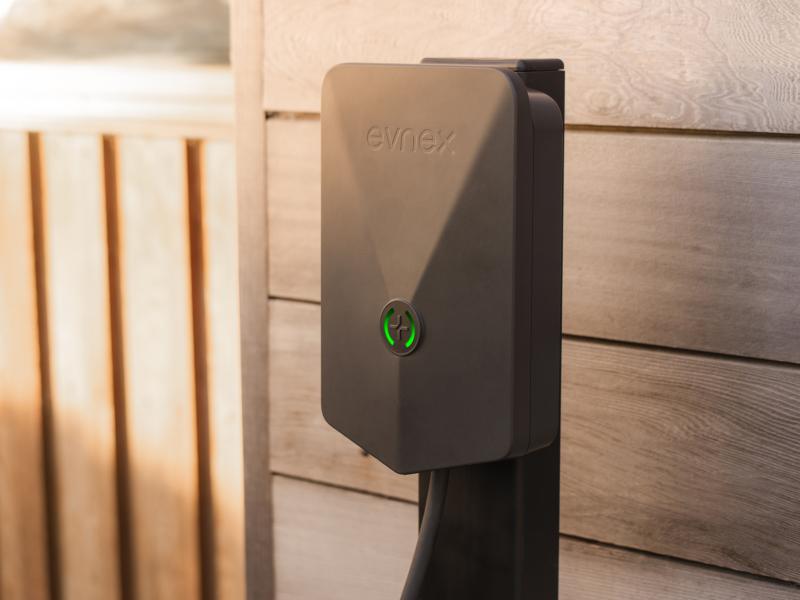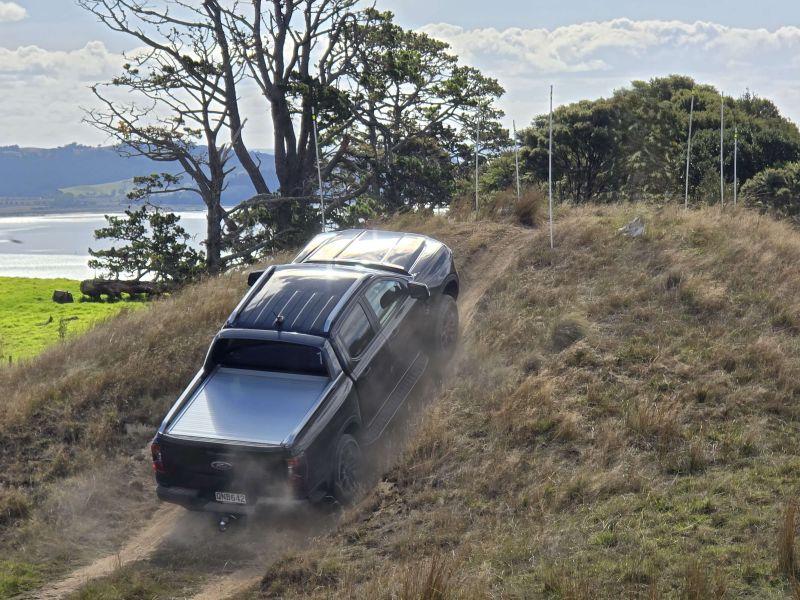As we get into the new year, hype is increasing around future changes in the automotive landscape – and these changes are certainly on the way, whether we like it or not. Autonomous vehicles are a thing (well almost) and EV’s are certainly here to stay and grow as you can read in Glenn Baker's story on electric vehicles in this issue. But some of the predictions seem to have a clear divide – well, chasm with reality, and either glaze over or totally ignore some of the challenges of getting to the predicted end points and certainly totally ignore the unintended consequences that may occur – unless they are seen as positive.
For instance, I was listening to an interesting podcast around autonomous vehicles recently; research has been done that would indicate that when the user does not have to drive vehicle use increases – this was done by providing a group of people with a chauffer driven car to simulate a driverless car and their use went up 20 percent. This makes a degree of sense as a lot of people are reluctant to drive in heavy traffic, at night or in the rain so if they don’t have to drive they will use a car more, if they can multi task and do other jobs while in the car (read a book, have a discussion, etc), again that makes choices easier – so traffic might increase with autonomous cars. Similarly, if the cars are from a service not owned there will have to either be a holding area for these cars to be available or they will be circulating around the streets awaiting the next passenger – not a great recipe for the supposed reduction in traffic predicted.
The other interesting point raised is that in reality the actual final use model for autonomous cars may well be some format that no one has yet thought of that may be quite different to that which we imagine from today’s standpoint where we are projecting similar but different rather than radically different. Who knows what this will be but it may well come about to overcome as yet unthought-of unintended consequences!
As Glenn notes with electric cars there are potential significant challenges with local electrical infrastructure if uptake is high – the current draw for charging is substantial in the context of household use and all the cars will charge at the same time (overnight). We are already starting to run up against the reality of a scarcity of some of the specialist raw materials used in electric motors and batteries even at the low current production levels and a number of these materials have limited sources often in politically unstable areas with poor human rights records. Kind of makes the peak oil argument fade into insignificance. New Zealand is at least well placed in that our generation is 80 percent plus from renewables but many other countries rely heavily on non-renewable, generation making the clean energy argument for EV’s much harder to sustain.
None of this will stop these advances happening but a dose of reality and some attempt to acknowledge these potential consequences rather than trying to overhype things will only help hasten progress.
Happy motoring
Cathy





